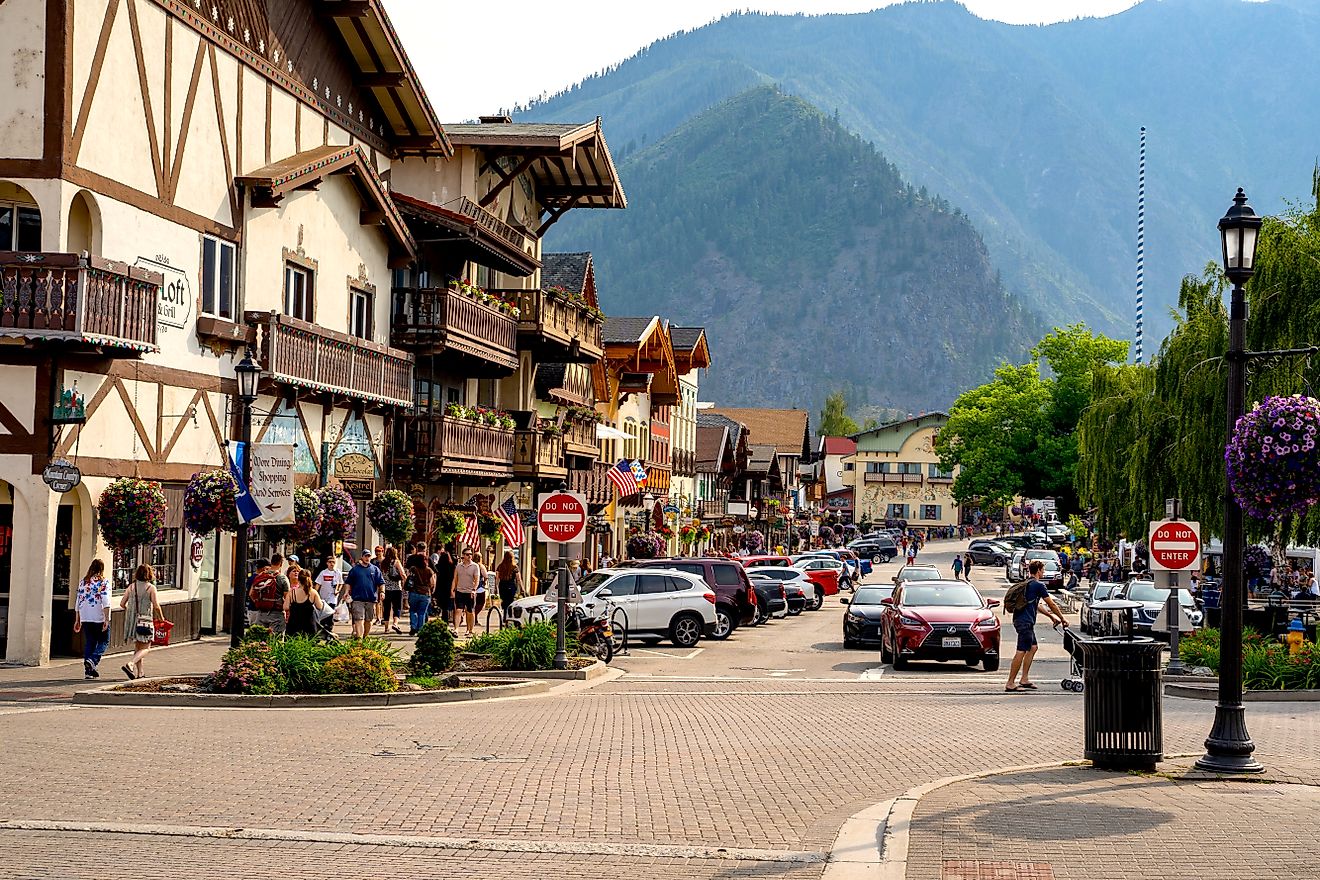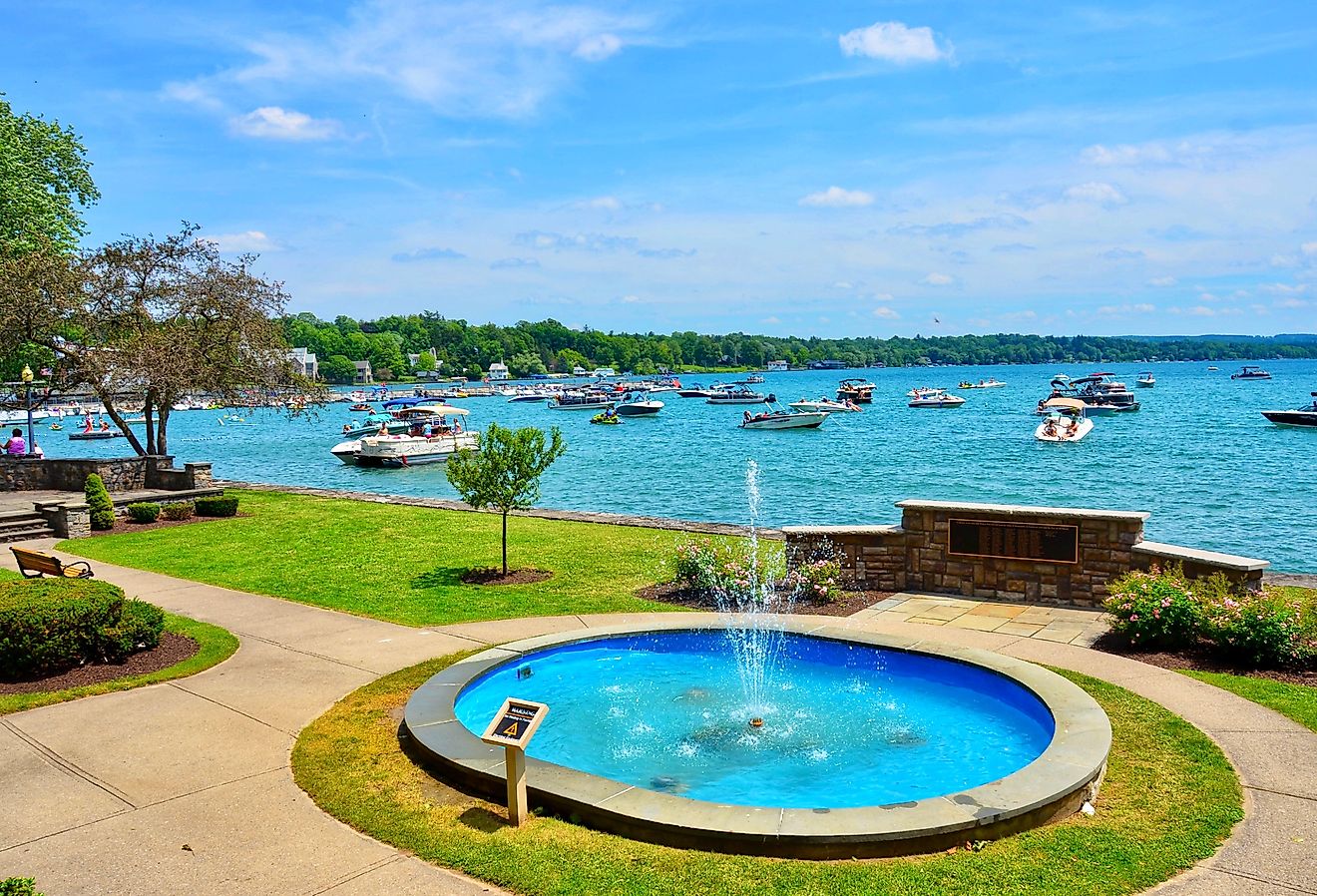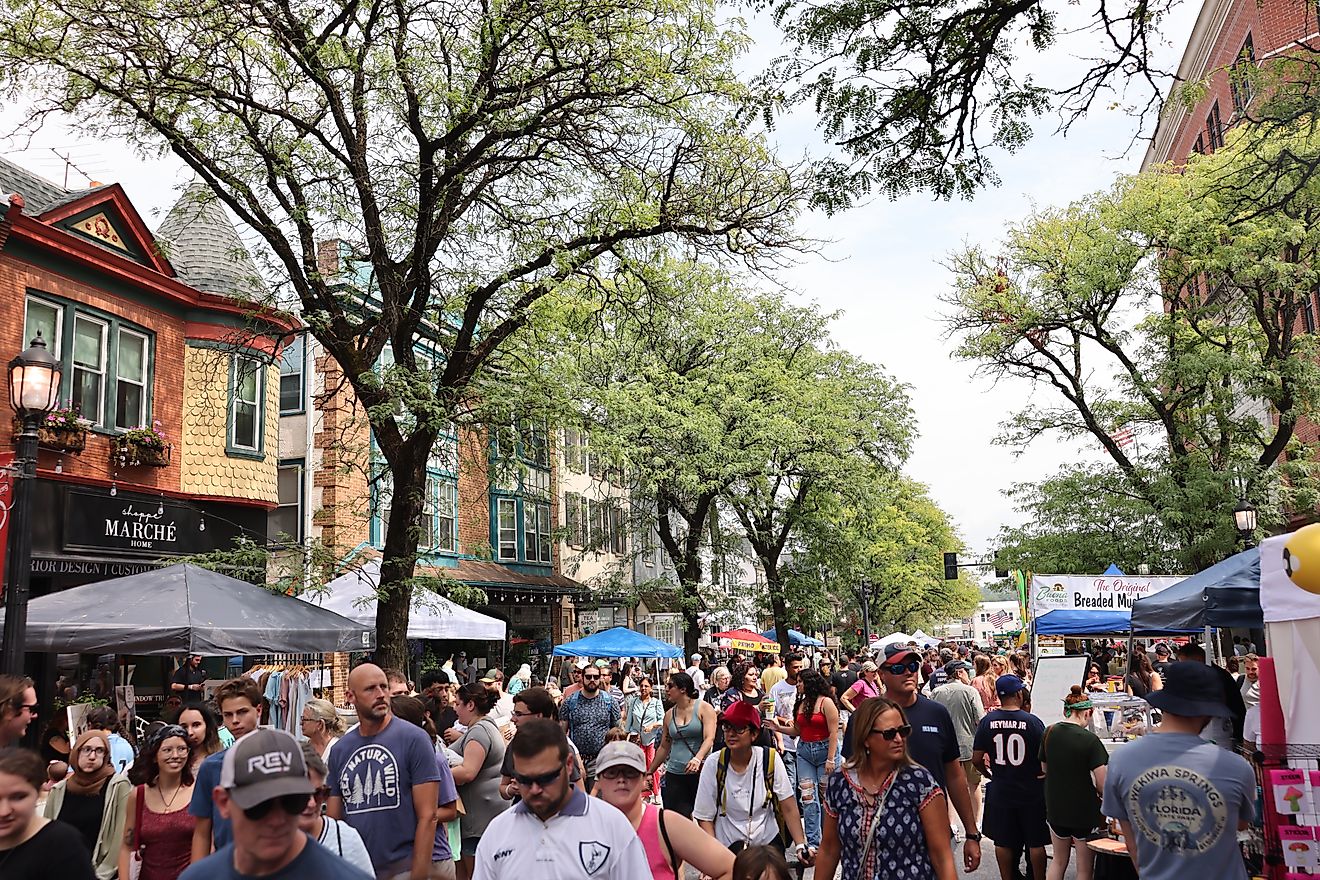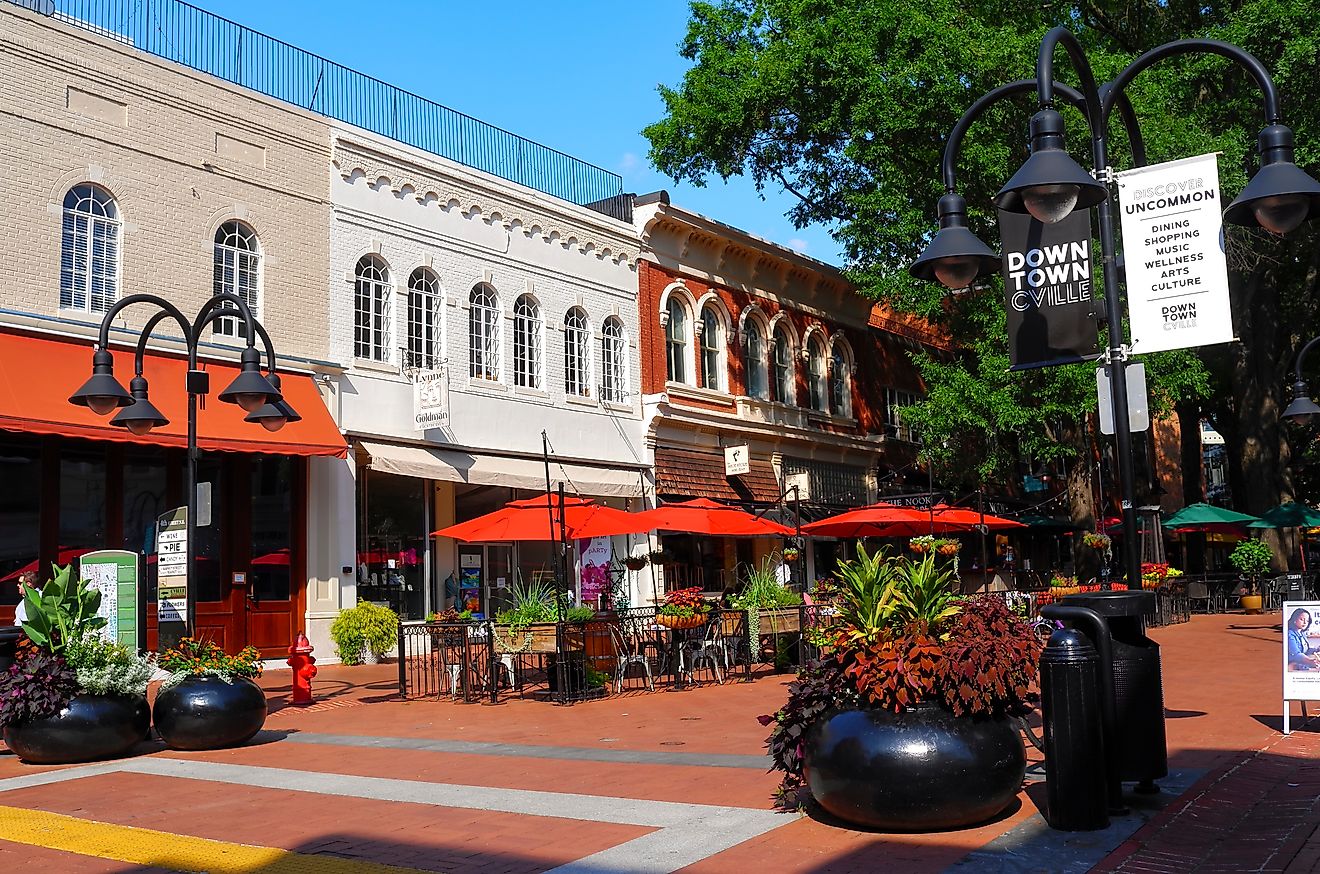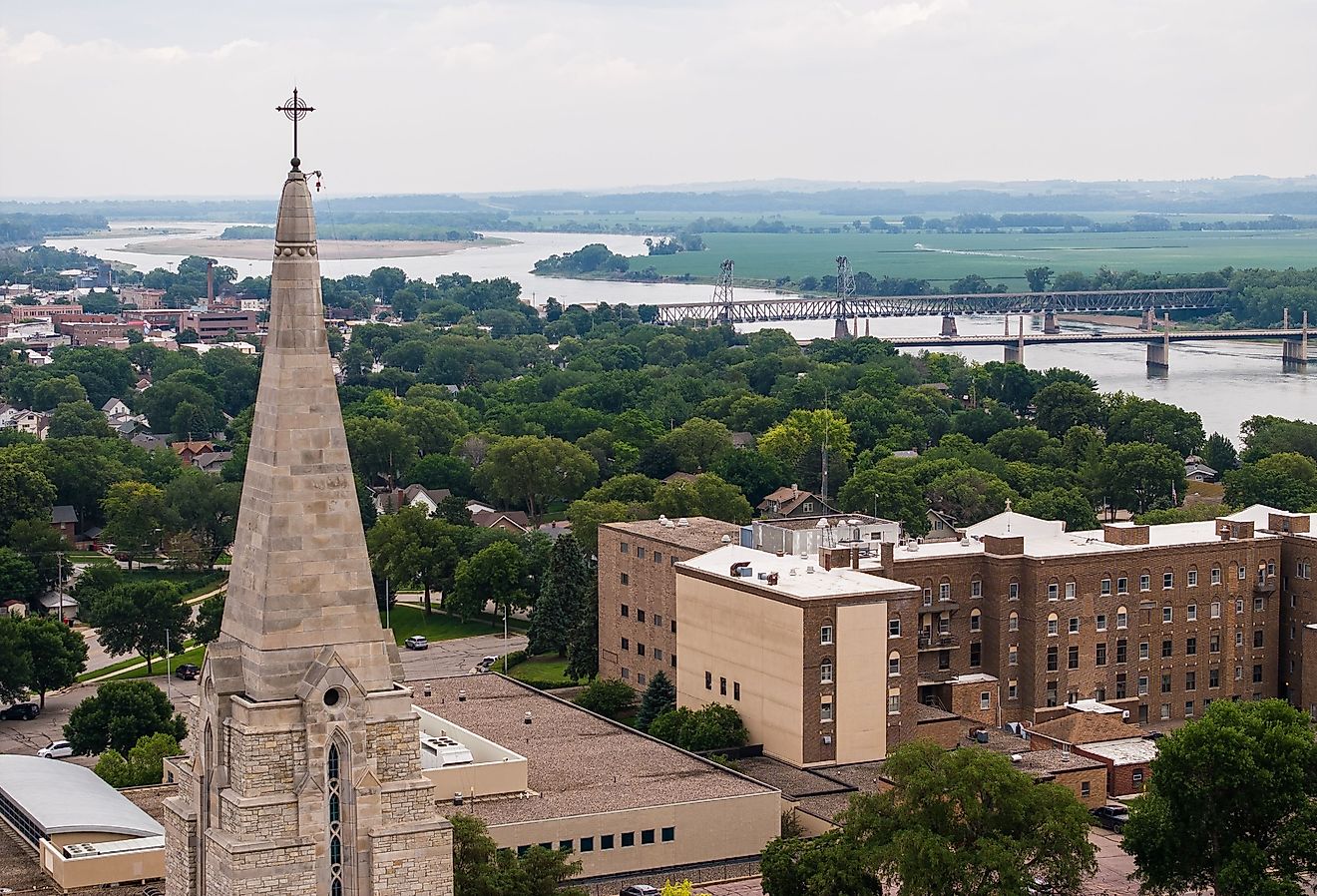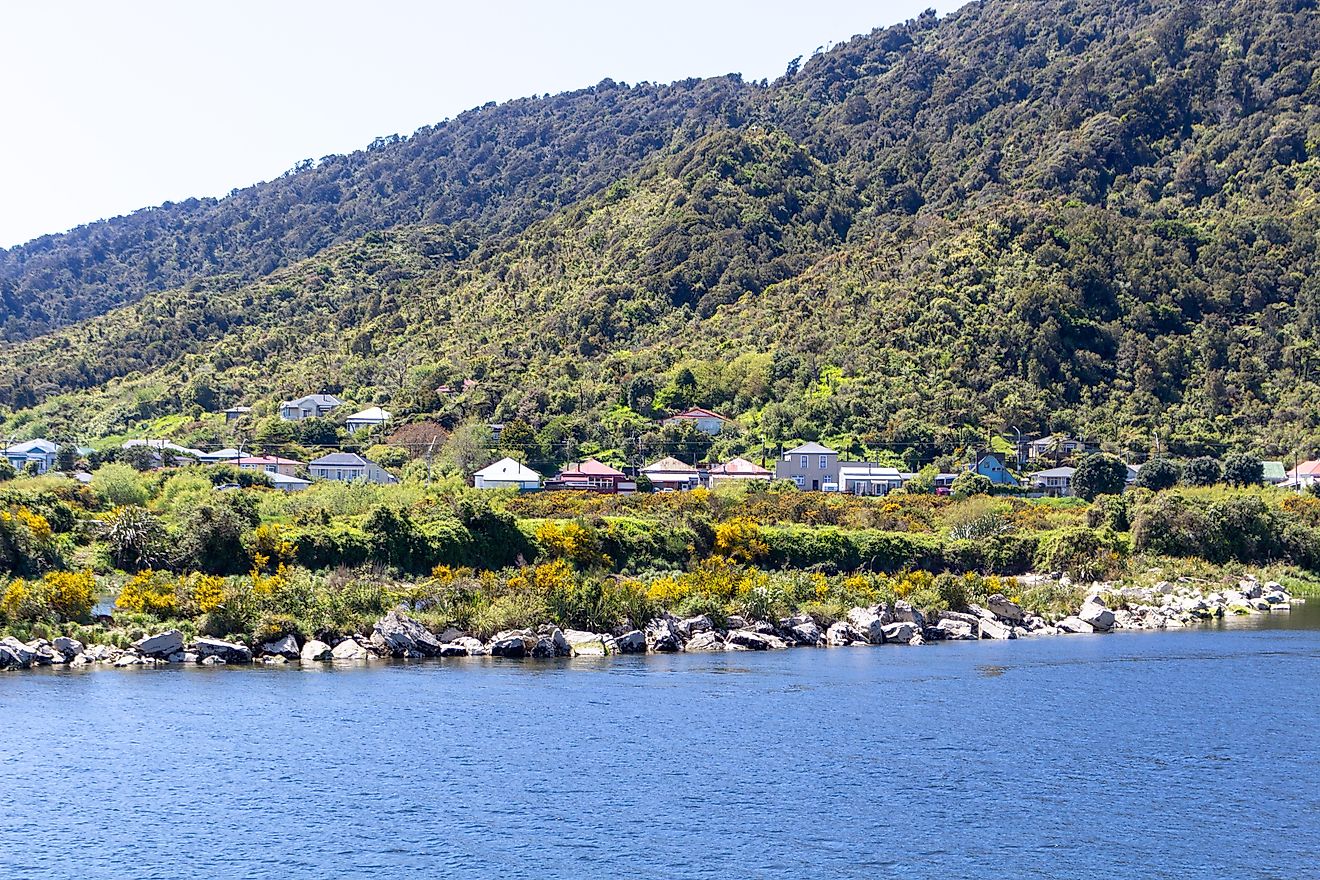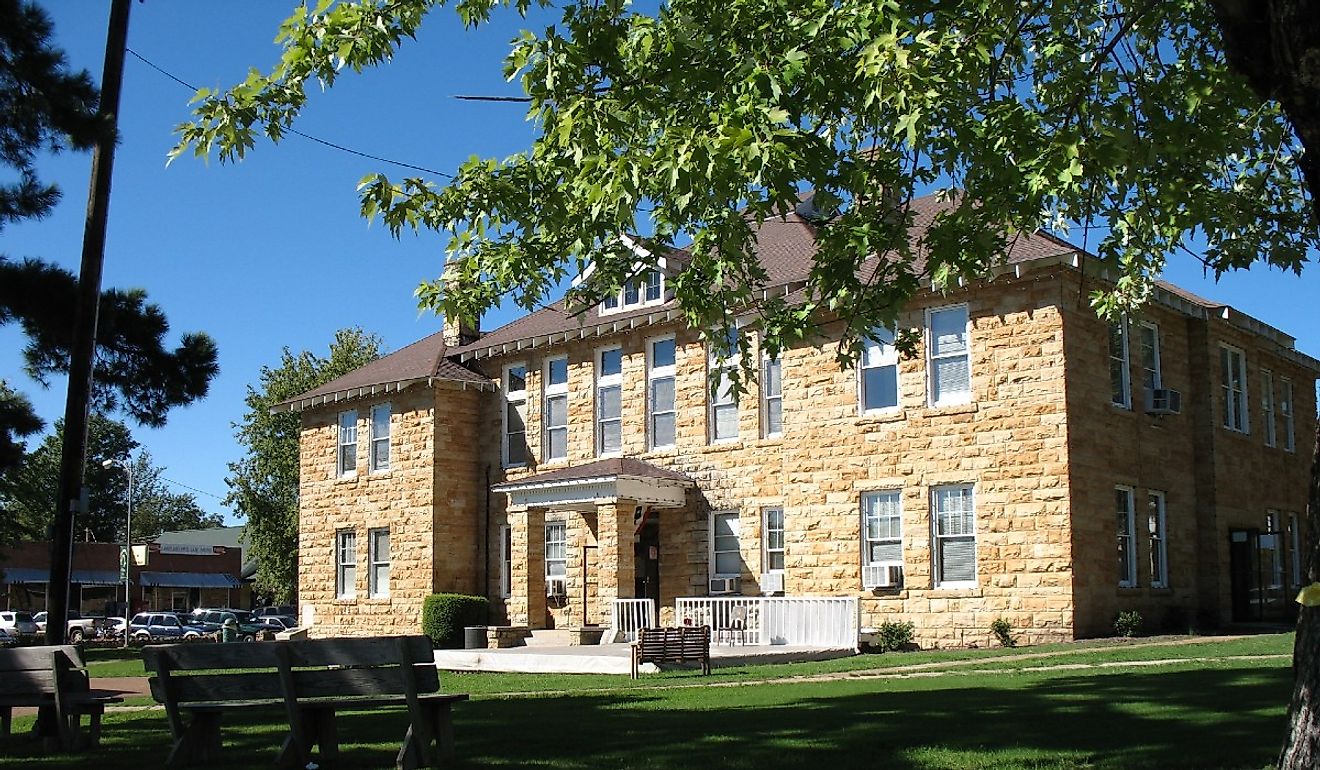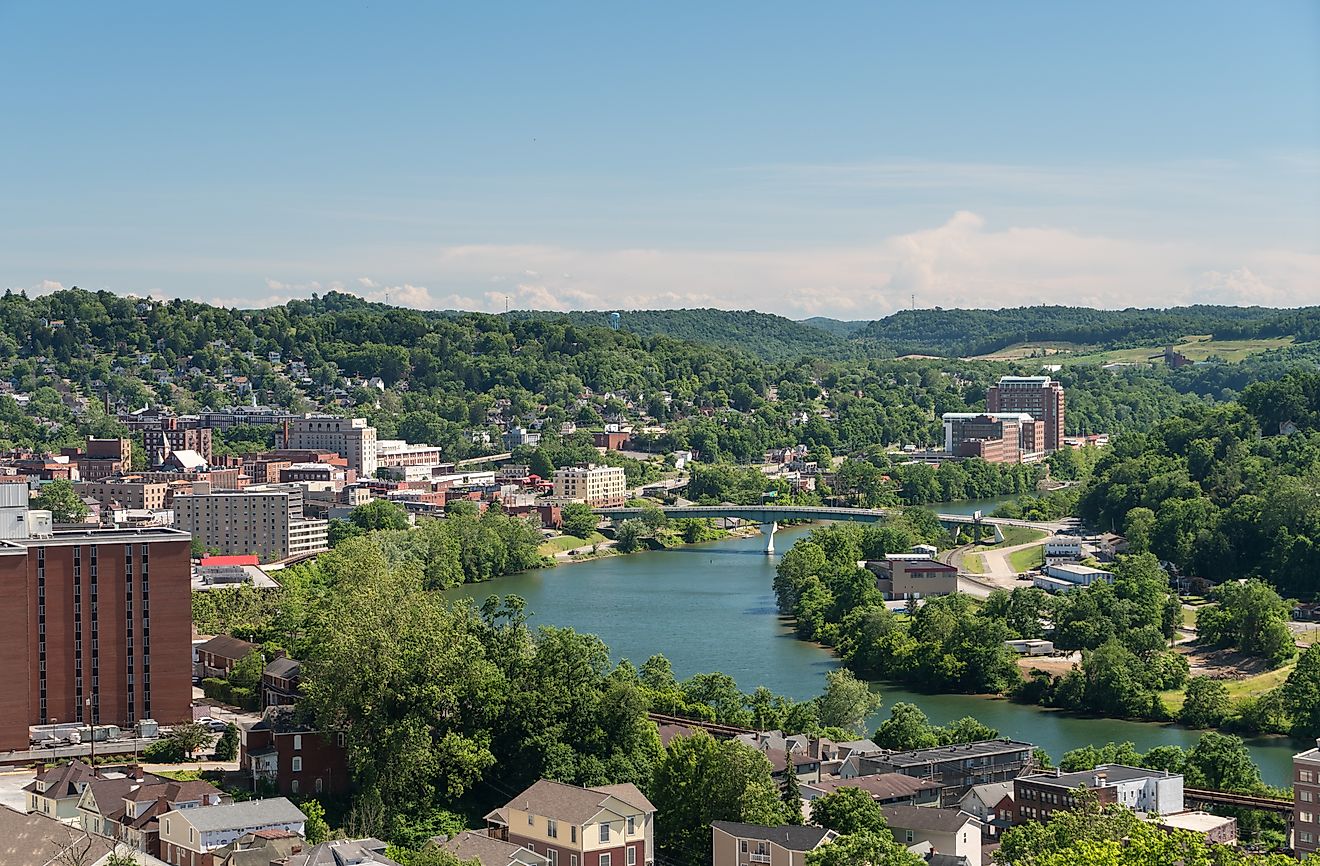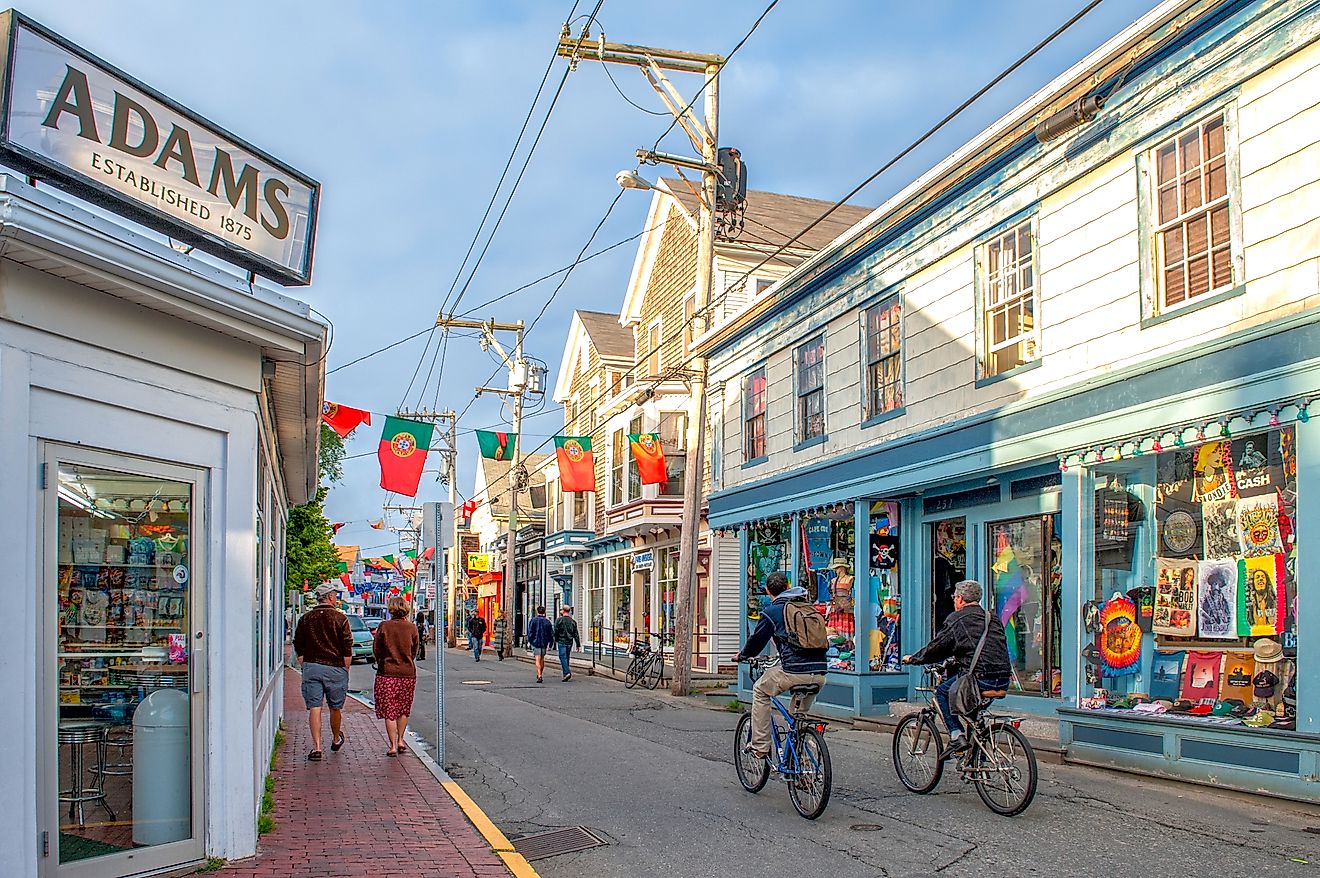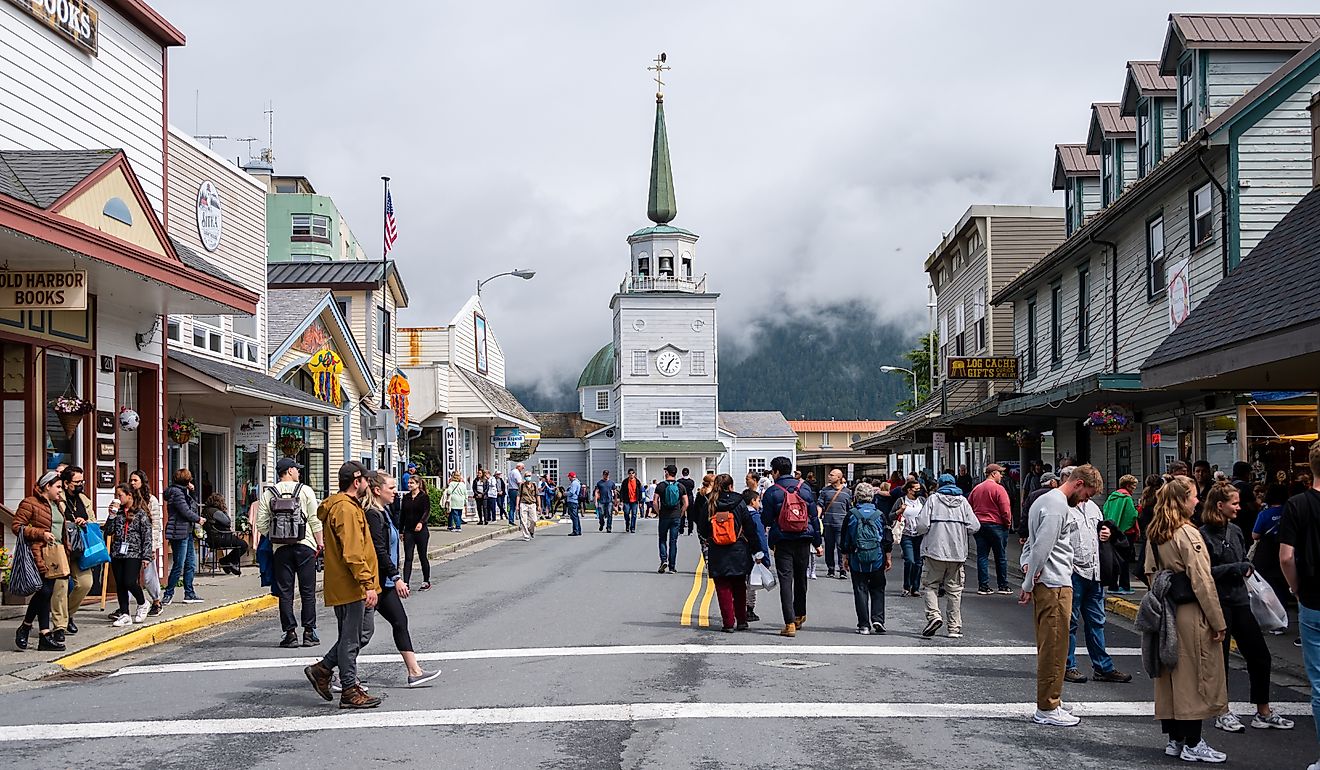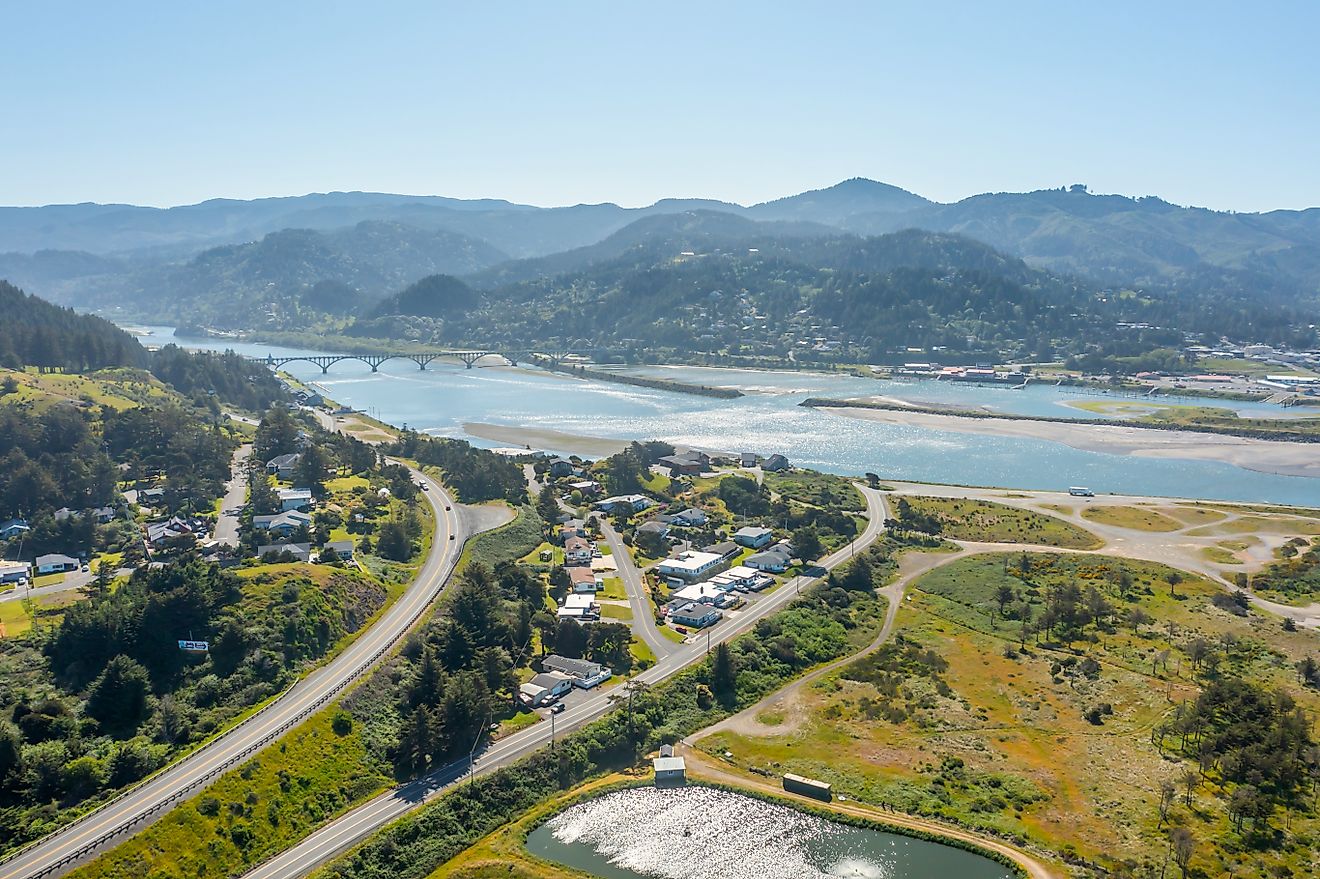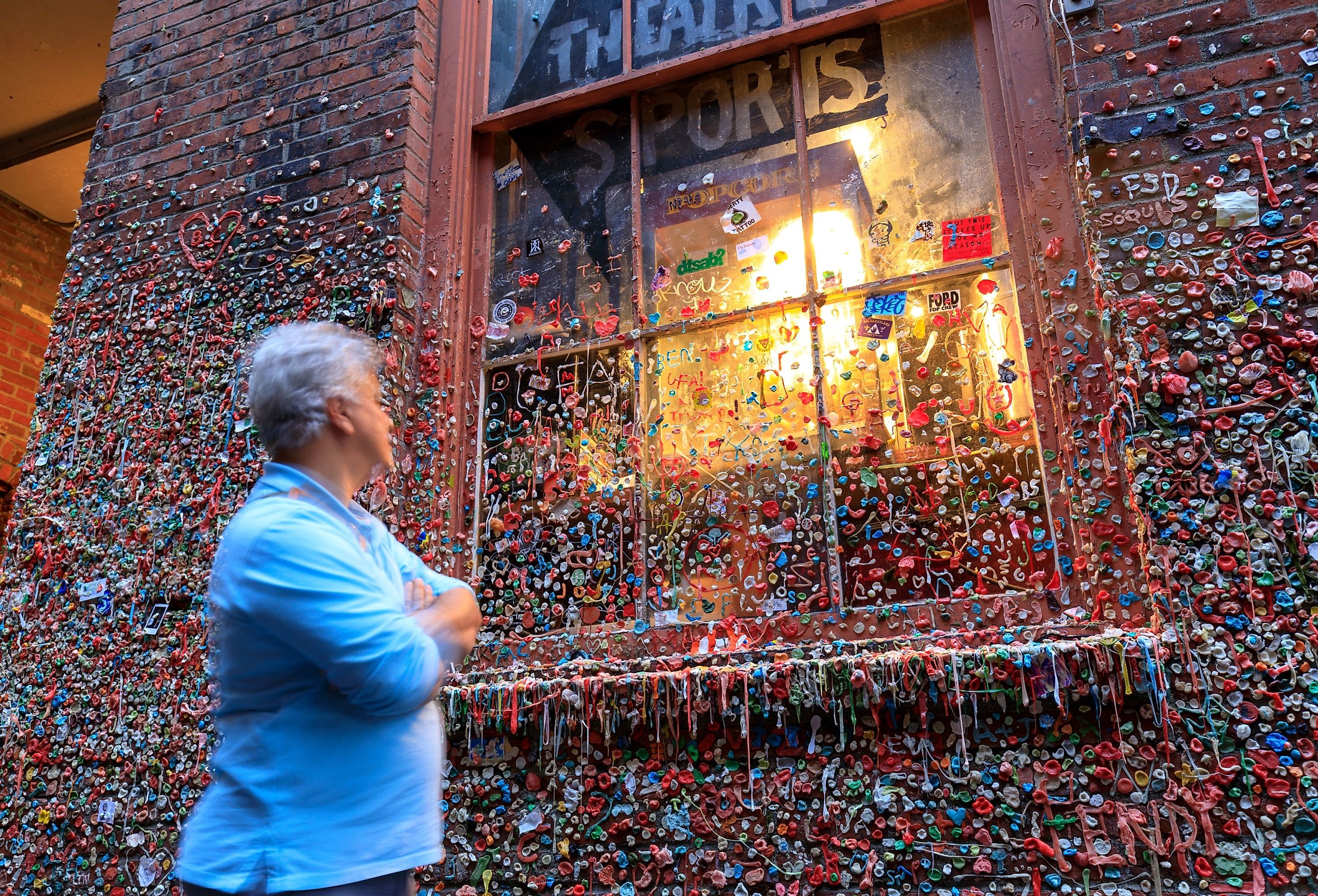
7 Strangest Landmarks in Washington
Washington State is a land of contrasts, where lush rainforests and towering mountains coexist with offbeat landmarks that reflect the region’s unique character. Beyond its natural beauty lies seven quirky attractions, each with a story as fascinating as the state’s history. From a giant troll lurking under a bridge in Seattle to a teapot-shaped gas station in Zillah, these oddities capture the whimsy, creativity, and sometimes bizarre spirit of the Pacific Northwest. Exploring these seven strangest landmarks reveals a side of Washington where art, history, and eccentricity come together, offering surprises at every turn.
Hat ‘n’ Boots, Seattle
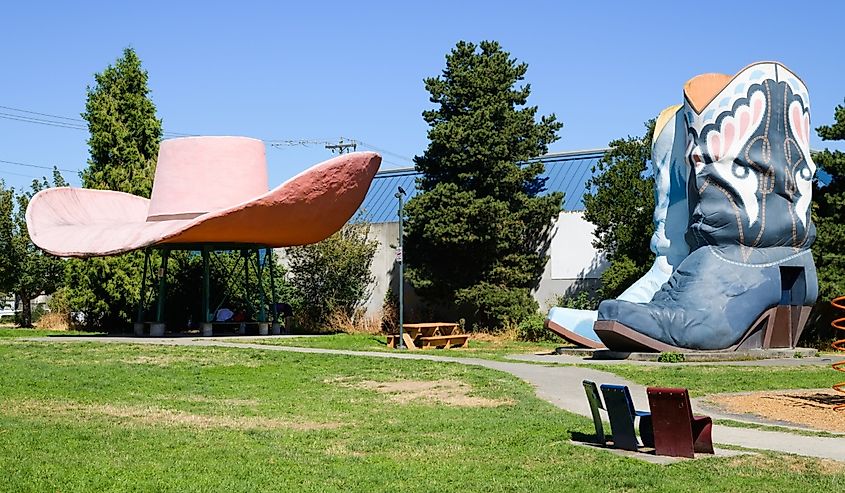
America’s love affair with the automobile began in the early 20th century, thanks to Henry Ford and the introduction of the Ford Model T in 1908. By the 1920s, cars symbolized freedom, adventure, and progress, and improved road infrastructure, highways, and scenic byways made travel more accessible. As cars became commonplace, gas stations needed to up the ante by enticing customers with eye-catching designs, architecture, or unique themes. Enter Hat ‘n’ Boots, a western-themed gas station known as Premium Tex opened on the side of a highway in Georgetown in 1954. Sketched on the back of a paper napkin, the design included a bright red cowboy hat housing a gas station, with two giant cowboy boots serving as public toilets.
The Big Hat measures 19 feet high and 44 feet across, with the boots slightly taller. The boots are around 22 feet high, painted light blue for cowgirls and dark blue for cowboys. The gimmick worked, and for a while, the station brought in lots of tourists, including Elvis Presley. In the 1960s, a new highway diverted traffic away from Premium Tex, and the once quirky roadside attraction fell into disrepair until it was purchased for $1 and relocated to Oxbow Park.
Giant Radio Flyer Wagon, Spokane
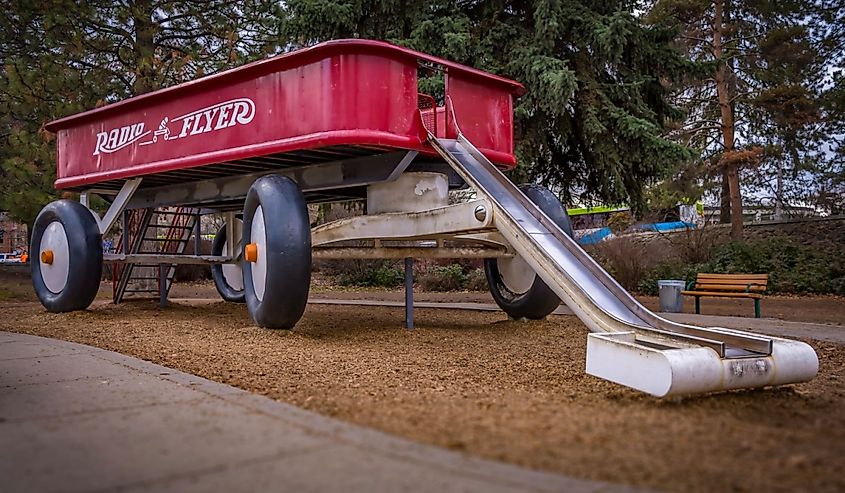
The iconic Radio Flyer wagon is an enduring symbol of nostalgia, conjuring up images of carefree, happy childhoods. It was the brainchild of an Italian immigrant and unveiled at the Chicago World Fair in 1933. The wagon became wildly popular, especially during the Great Depression, as it was affordable and durable and provided hours of entertainment for children. Since then, the little red wagon has become a much-loved classic piece of Americana.
The Giant Radio Flyer Wagon is a 26-ton, 27-foot-long sculpture of the red wagon that sits in Riverfront Park in Spokane. It is the world’s largest Radio Flyer wagon, as confirmed by the Guinness Book of World Records. Entitled “The Childhood Express,” the sculpture was commissioned in 1989 to commemorate Washington State’s centennial Celebration of Children, and it took the local artist Ken Spiering one year and 17 hours to complete. Today, the wagon is a top attraction, especially with children who can climb several stairs into the wagon and slide down the handle.
Gum Wall, Seattle
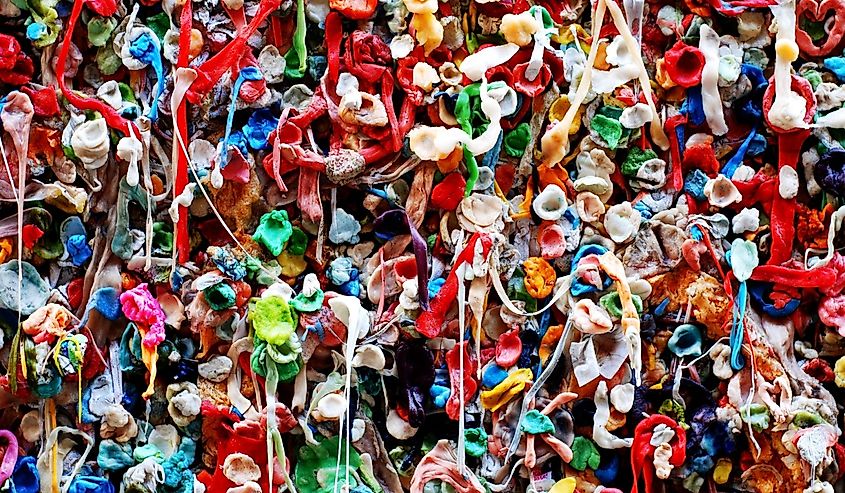
Equally gross and fascinating, Seattle’s Gum Wall has become an iconic symbol of the city’s vibrant and artistic soul. The wall began in the early 1990s when an impatient patron waiting in line to buy tickets at the local improv theater in the historic Pike Place Market district stuck a piece of chewing gum to the brick wall. Over time, more and more pieces of gum made their way onto the way, sometimes embedded with coins, trinkets, and wrappers. This sticky, albeit controversial around questions of hygiene, the art project has been recognized as an international attraction. Shoppers and tourists at the Pike Place Market visit the area known as Post Alley, often leaving behind their own colorful contributions.
The Fremont Troll, Seattle
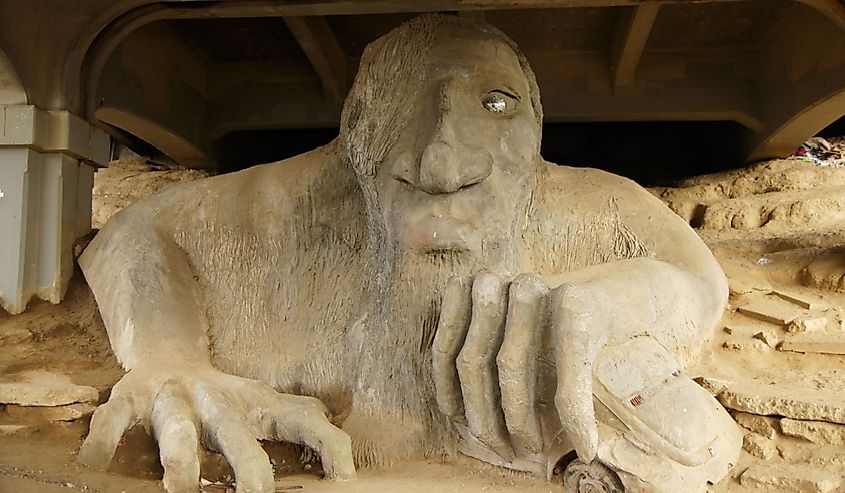
The Fremont Troll is located under the Aurora Bridge in the Fremont neighborhood of Seattle, roughly 3 miles west of Lake Washington. Without a doubt, Fremont is a quirky neighborhood known locally as “The Center of the Universe.” Full of an artsy vibe and community spirit, the Fremont Troll began as an art competition to reclaim a spot under the bridge that was a dumping ground for used mattresses, syringes, and garbage. Based upon the Norweigan fairy tale of the “Three Billy Goat Gruff,” where three goats must cross a bridge guarded by a gruesome troll, the sculpture was also a larger-than-life response to Seattle’s rapidly rising real estate prices and exploding tech boom.
The Fremont Troll is an 18-foot cement sculpture clutching an actual Volkswagen Beetle donated to the project. It took four artists about three months to complete. In the original piece, the car contained a plaster bust of Elvis Presley, but after vandals stole the bust, the community filled the car with cement.
Dick and Jane’s Spot, Ellensburg
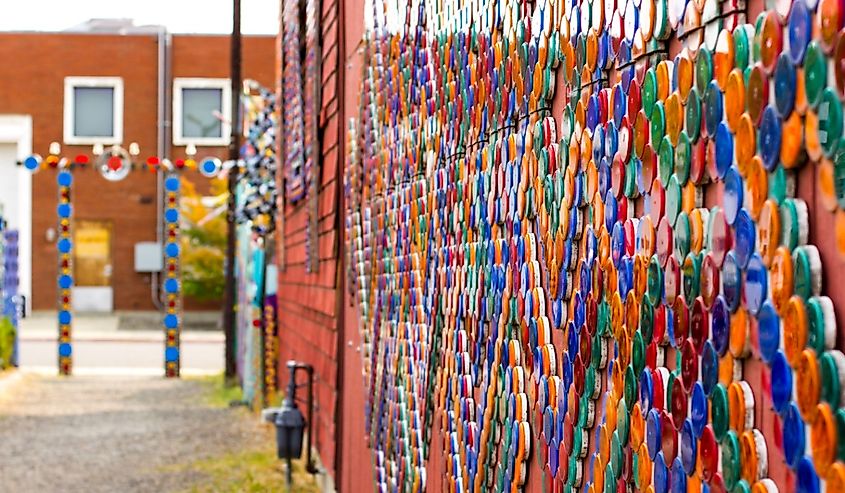
Dick and Jane’s Spot is a colorful, folk-art-adorned house in Spokane featuring over 10,000 bottle caps, thousands of reflectors, and whimsical sculptures. Artists Dick Elliot and Jane Orleman purchased the dilapidated house in 1978. They slowly began transforming the once-boarded-up building into their home—its name coming from their first names and a cheeky reference to their dog, Spot. While the artists commissioned a few of the initial pieces, they soon began creating their own sculptures from discarded telephone poles, bicycle wheels, found objects, and discarded junk, constantly changing and adding pieces to the collection. Today, the house includes the works of over 40 Northwest artists and is a beloved piece of public art in the community, inspired by the artists’ philosophy that "one hearty laugh is worth ten trips to the doctor."
The location is in Ellensburg, across the street from a police station, which offers an outdoor installation built-in for protection from vandals. On the north side of the house, there is a public parking lot and a kiosk with information about the folk art house outside. The house is a living canvas of art, blurring the line between home and gallery.
Stonehenge Memorial, Maryhill
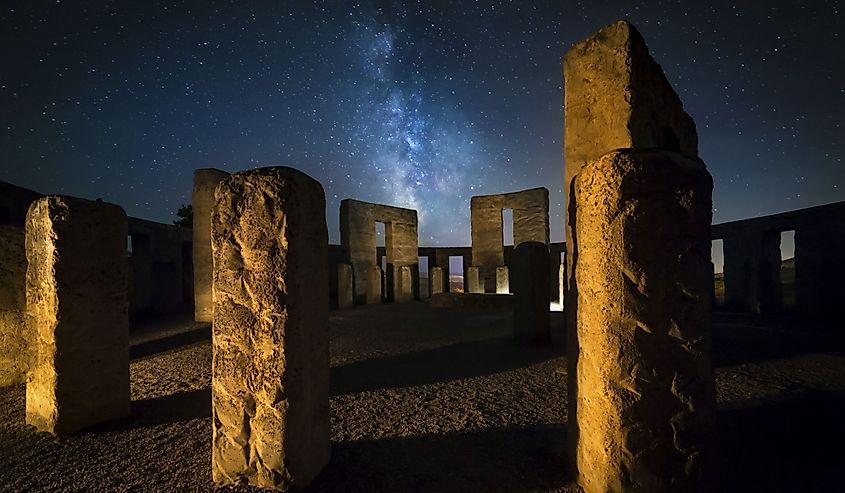
The Stonehenge Memorial in Maryhill is a full-scale replica of England’s Stonehenge. Sam Hill, the founder of the Maryhill Museum of Art, built it as a World War I monument to peace and heroism. The altar stone of what would become the replica of Stonehenge was first dedicated on July 4, 1918, to the soldiers and sailors of Klickitat County, Washington, who died during the Great War. The monument consists of two concentric circles of pillars, 40 inner circle pillars and 30 outer pillars. While the pillars at Stonehenge in England are made from stone, the pillars at Maryhill are made from concrete. The memorial is three miles east of the museum, overlooking the Columbia River. It is near a granite tombstone with Sam Hill’s epitaph: “Samuel Hill: Amid nature’s great unrest, he sought rest.”
The Teapot Dome Gas Station, Zillah
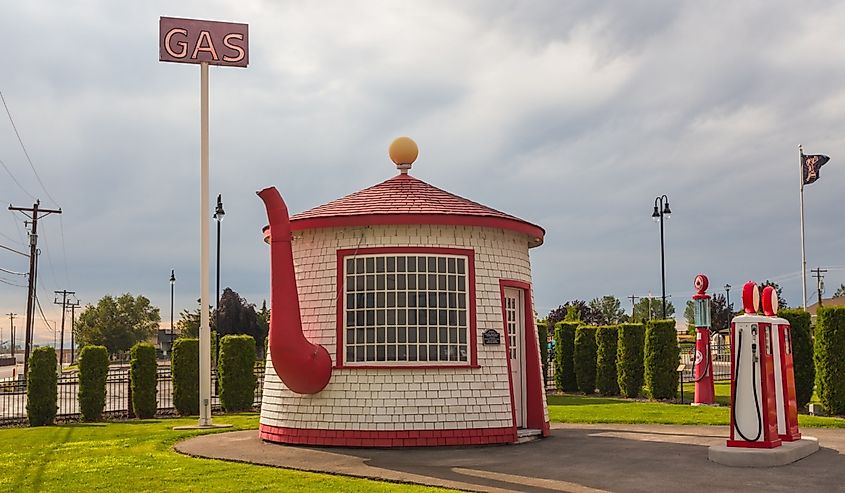
The Teapot Dome is a historic gas station shaped like a teapot, listed on the National Register of Historic Places. Despite its reputation as another quirky roadside attraction, the station was named after the Teapot Dome Scandal of the 1920s. It was a prominent political corruption scandal involving the secret leasing of public lands to oil companies in exchange for gifts at Teapot Rock, Wyoming. The station serves as a symbolic nod to this scandal, which tarnished President Warren G. Harding's reputation and became a key moment in U.S. political history.
The station was built in 1922, coinciding with the expansion of the national highway system in the United States during the 1920s and 1930s. The teapot-shaped building is 14 feet in diameter and has a circular frame with a conical roof, sheet metal handle, and concrete spout. After the gas station closed in 2006, the City of Zillah purchased, refurbished, and relocated it to 117 First Avenue, which serves as Zillah's Visitors Center.
Washington State has always been known for its quirky culture, especially in cities like Seattle and Spokane. This includes a strong music scene (think grunge) and a history of embracing innovation and offbeat ideas, reflected in its many unique attractions. From the artistic Fremont Troll and the icky, sticky Gum Wall in Seattle to the colorful Dick and Jane’s Spot in Ellensburg, Washington’s eccentric culture is celebrated through its vibrant art scenes, progressive, laid-back vibe, and these seven strange landmarks.

